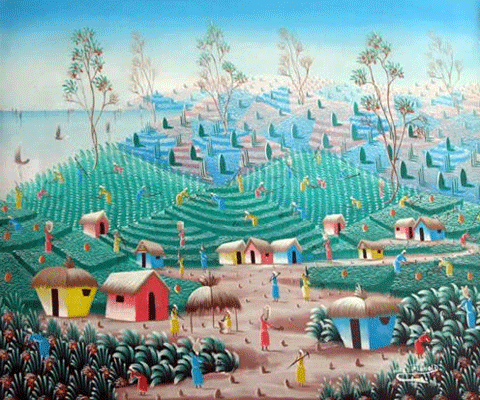Author’s note: If you haven’t already read the preceding article, Creating an effective brochure #1: Planning, I highly recommend starting there, then coming back to this article. Many of the suggestions below assume that you’ve already given consideration to the information and questions presented in the article on planning.
When creating a brochure, regardless of the organization, service, product or project it will represent, quality content is paramount. A brochure that captures the attention of your audience, engages readers and effectively communicates your message not only requires the use of good writing and design principles, but content that is meaningful and valuable to readers. This is not an area to cut corners. Time invested in researching, preparing and editing content is never wasted. In short, Be as mindful of the character of your content as you are of the content of your character.
The following is a list of suggestions and guidelines to consider as you craft your brochure’s content.
1. MAKE AN EMOTIONAL APPEAL
The old adage in marketing is that consumers buy based on emotions and justify with logic. The need to appeal to your readers emotions holds weight even if you are not selling anything per se, but are looking to compel readers to perform a certain action, change their behavior, or simply contact you or visit a website for additional information.
2. BE PROFESSIONAL
No one wants their brochure to appear cheap or amateurish, as the publication serves as a representation of your organization and its staff. There is no quicker way to suffer this unfortunate situation than by including careless writing errors, poor quality graphics or generic clip art.
As a side note, professional doesn’t always have to mean polished. For example, many nonprofits who depend largely on public and private donations may want to make sure their promotional materials do not appear too slick and polished, inadvertently giving readers the impression that they are well-funded. Nonetheless, in these situations, a clean professional image is no less important and will convey to prospective donors and grantors that your organization has its act together and will use their funds wisely and efficiently.
3. BE PERSONAL
An effective brochure shares your message in a way that connects personally with your audience. If your brochure spends too much time talking about how great your organization or business is, rather than life from the reader’s perspective, it will likely only make a connection with the trash can.
4. MAINTAIN READABILITY
The need for a brochure to be readable seems obvious, but is too often overlooked. It should be easy to the eyes, a clearly displayed hierarchy of information. Key information should be broken up into easily digestible bits through the use of bullet points, arrows, boxes, or other design elements.
When establishing readability, it is important to be realistic and to put the needs of your target audience first. Consider any potential accessibility issues that your readers might have such as visual impairments or language barriers.
5. SPEAK THE LANGUAGE
An effective brochure will speak in a language that is familiar to it’s target readers. Avoid any technical terms that your readers may not understand, as they may only create distance between you and your audience. The simpler your communications are, the easier it will be to connect with your readers.
6. LEAD WITH THE BENEFITS
Rather than pitching your service or product, consider selling its benefits, whether they be for the reader directly or for the community in which the reader lives. By promoting benefits such as time savings, enhanced productivity, safety, or environmental improvements, you are much more likely to capture your readers’ attention.
7. MAINTAIN A CLEAR, SINGULAR MESSAGE
It’s often tempting for the inexperienced brochure writer to include as much information as possible in the brochure, providing their readers with a listing of all the features of your service or product. This temptation often stems from the misguided notion that their brochure can be used to close the sale, so to speak. However, providing too much information and covering too many topics has a tendency to confuse readers and distract them from the core message. Instead, choose one primary theme or message that you wish your brochure to convey, and create all of your content in support of that theme.
8. FOCUS ON A SINGLE SERVICE OR PRODUCT LINE
A brochure is not a catalog and should not be treated like one. The central message of your brochure should be based on a single service or product line. The greater the number of services, items and choices in your brochure, the greater the likelihood you will confuse, overwhelm or otherwise lose the attention of your readers.
9. MAKE A CLEAR CALL TO ACTION
Your brochure should direct the reader to take a specific, definable action such as make a phone call for more information, or visit a website or physical location. If your brochure is well-written, it will leave readers wanting more. If your brochure lacks a clear call to action and fails to make it clear what they can do to get more information, you’ve missed a golden opportunity.
It’s not enough to make your audience thirsty, you’ve got to lead them to the water too.
10. GET GOOD HELP
Consider hiring a professional graphic designer with experience in brochure design. Their knowledge, insights, and talents will produce a more effective brochure, improving your odds of winning the patronage of your prospective customers or clients.








